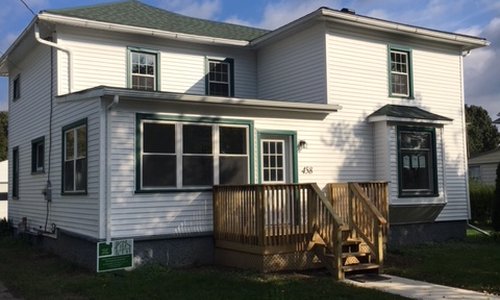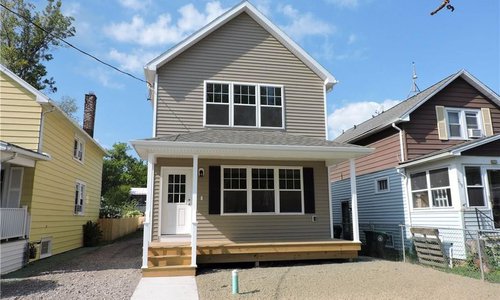New York State Housing Stabilization Fund

Neighborhoods, Vacant Buildings, and a Pathway Out of Crime
In an opinion piece for Shelterforce, Helene Caloir, director of LISC’s New York State Housing Stabilizing Fund, and Mona Mangat, head of Safety & Justice programming, make the case for yoking vacant building remediation with community safety partnerships to reduce crime and increase resident empowerment. They point to LISC-supported programs in Flint, MI and Binghamton, NY where this very work brought about greater quality of life and lowered crime rates in targeted areas. Now, they argue, this approach is needed more than ever.

What Zombies Can Teach Us About Vibrant Communities
This month, LISC and Cornell University will co-sponsor a conference on comprehensive approaches to turning vacant and “zombie” homes into community assets—and upending the conditions that create them in the first place. Helene Caloir, director of LISC’s $75 million New York State Housing Stabilization Fund, describes how this work is part and parcel of the broad challenges of revitalizing neighborhoods, dismantling racial inequity and sparking economic mobility.

LISC Chosen to Deploy $9 Million for “Zombies 2.0” Grant Program
LISC has been selected to develop and administer the second phase of a substantial grant initiative that turns "zombie" and vacant properties across New York State into liveable and affordable homes for families. This next round of the program, which will support 76 municipalities, also helps connect at-risk homeowners with foreclosure prevention resources.